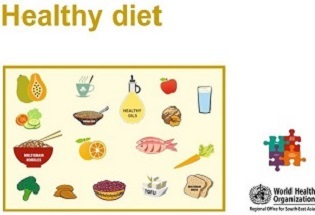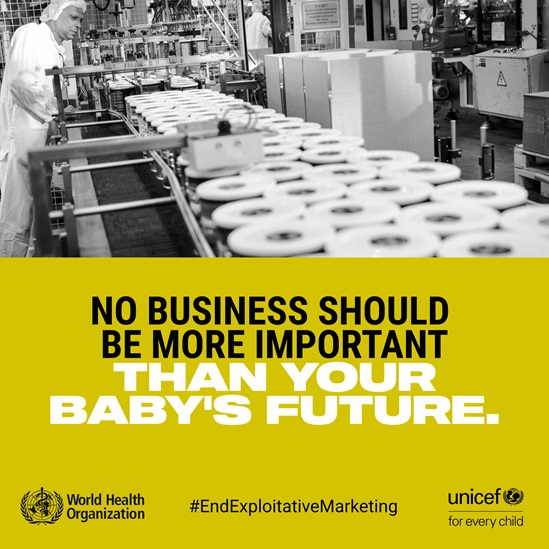Nutrition
Today, many countries are facing a double burden of malnutrition; with concurrent undernutrition, micronutrient deficiencies and overweight and obesity. The pandemic, conflicts and climate extremes, and resulting economic downturn is leading to increase in food insecurity and lack of access to safe nutritious and sufficient food for people. At the same time, suboptimal or unhealthy diets are significant risk factors for disease, contributing to almost a fifth of the disease burden across the South-East Asia Region (SEAR).
In line with the global nutrition transition, the dietary patterns in the South-East Asia Region are rapidly shifting to consumption of more highly processed food and out of home foods. The shift away from a diet rich in unrefined grains, legumes, fruits and vegetables, to a diet high in refined carbohydrates, sugars and fats is resulting in excess weight gain and unfavorable metabolic profile. Increased risk of chronic disease such as cardiovascular disease, types of cancer and diabetes are the result.
The number of people in the world affected by hunger increased in 2020, and 2021. While overweight and obesity continue to increase in all countries, the Region is home to a large number of undernourished people. In this environment of food insecurity and unhealthy diets, achieving the Sustainable Development Goals 2 on ending hunger and all forms of malnutrition and Goal 3 on ensuring healthy lives by 2030 poses a huge challenge to all countries.





